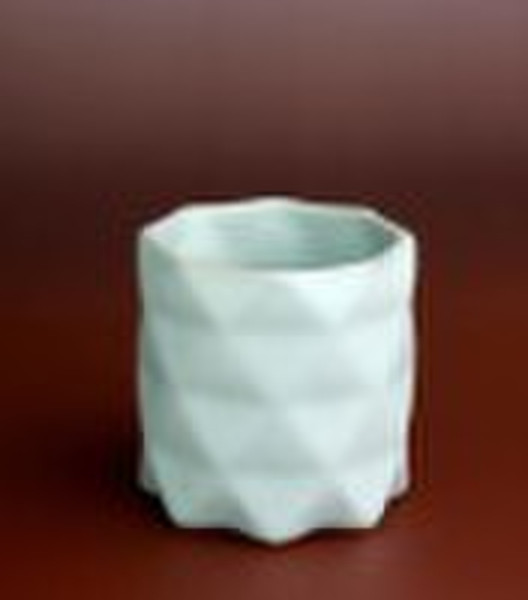Каталог
-
Каталог
- Автомобили и мотоциклы
- Безопасность и защита
- Бизнес
- Бытовая техника
- Бытовая электроника
- Детали машин и услуги по их изготовлению
- Дом и Сад
- Здоровье и медицина
- Игрушки и хобби
- Изделия из металла
- Измерительные и анализирующие приборы и инструменты
- Инструмент
- Красота и личная гигиена
- Мебель
- Мероприятия по охране окружающей среды
- Минералы и металлургия
- Модные аксессуары
- Обувь и аксессуары
- Одежда
- Освещение
- Подарки, сувениры
- Продовольственные товары и напитки
- Промышленное оборудование и техника
- Резина и пластмассы
- Сельское хозяйство
- Специальное оборудование
- Спорт, отдых и досуг
- Сток
- Строительство и недвижимость
- Текстиль и кожа
- Телекоммуникации
- Товары для офиса, учебы. Канцтовары
- Транспорт
- Упаковка и печать
- Химикаты
- Часы, Украшения, Очки
- Чемоданы, сумки
- Электронные компоненты, оборудование, принадлежности
- Электротехническое оборудование и принадлежности
- Энергия
Filters
Search

Бо Цай RU посуда чашка чая художественный промысел подарок Пор-C04

zi xun
Контактное лицо
Основные данные
BoCai ru ware PoR-C03 Delicated ru ware The Ru kilns supported the vessels with studs (thin pieces of material used for supporting objects) during firing so that their mouth-rims and even their foot-rims were entirely covered with a layer of smooth vitreous (glasslike) glaze. Ru ware porcelain had a thick lustrous green glaze with a sapphire-like blue tinge. The vessels had fine crackles (decoration patterns of very small surface cracks) over the entire surface. Connoisseurs have always valued Ru ware, like jade, for its tactile quality and subtle colour variations. With its simple forms, absence of decoration and fine glaze, Ru ware is perfectly understated. In making celadon at the Ru kilns, the amount of iron in the raw materials and the reduction flame were carefully controlled, demonstrating maturity in Chinese celadon manufacture. History of ru ware The Ru kiln located in Linru County of Central China's represented another major celadon school that rose in northern China in the Song Dynasty (960-1279). Ru Kiln refers to a government kiln in Linru County catering to the Northern Song rulers; the kiln's products were known as Ru ware porcelain. Notes in an Old Scholar's Studio by Lu You, the famous Song poet, records the emergence of Ru ware: "The Northern Song rulers, considering the white porcelain vessels of Dingzhou unsuitable for use because of their rough mouth-rims, sent personnel to establish porcelain kilns in Ruzhou to manufacture celadon. In the eyes of the people of the Song Dynasty, the celadon of Ru ware ranked first in quality among all northern celadon ware." Ru is the rarest of all the major Chinese ceramic wares. Until recently, it was thought that only about seventy pieces survived. It was the first ware made specifically for the Chinese imperial court, and was only produced for a period of about thirty years, from AD 1086 to 1127. Morden study of ru ware Based on the physico-chemical foundation for crystallization and phase separation of Ru glaze, the correlation among composition, microstructure, firing technique and visual appearance has been investigated by means of energy-dispersive X-ray fluorescence, X-ray diffraction, high temperature microscope, field emission electron microscopy and transmission electron microscopy. For the first time, the study demonstrates that Ru glaze is typical of crystalline-phase separated glaze with a dual coloring mechanism.
Условия оплаты
Аккредитив
Электронный перевод
Вестерн Юнион
-
Способы оплаты
Для оплаты товаров и услуг на нашем портале, Вы всегда получаете счет, в котором Вам необходимо самостоятельно указать свои данные.
Мы принимаем к оплате:








